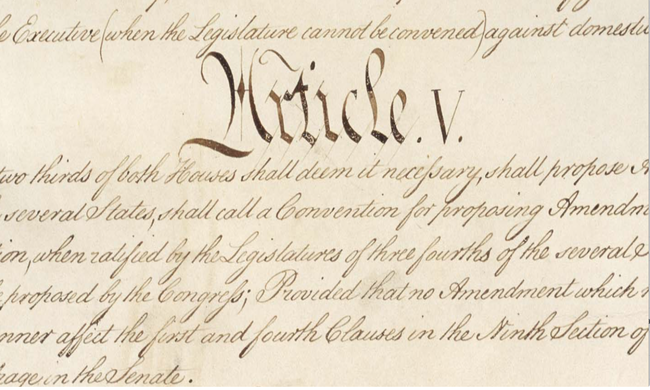They negotiated Rio Grande Water Rights in 1928-29 and in 1937.
Several conventions of affected states have negotiated western water compacts. To be sure, some of these compacts were negotiated in conditions not qualifying as conventions of states. For example, Colorado’s and Nebraska’s development of a Platte River Compact was merely bilateral. Historically bilateral meetings of states have not been called “conventions.” Also, some compacts have been negotiated at a distance, without sustained meetings at all.
In 1929, the states of Colorado, New Mexico, and Texas signed a temporary compact allocating waters of the Rio Grande River. It turns out that this was negotiated by a three-state convention. As has happened in many conventions, representatives of entities other than the states themselves were also present. In a 1991 scholarly paper (pdf), Dr. Douglas R. Littlefield described the process:
Francis C. Wilson of New Mexico, [Delphus] Carpenter of Colorado, and T. H. McGregor of Texas met in Santa Fe on December 19, 1928, to begin negotiations. In attendance were officials from the Middle Rio Grande Conservancy District, an agency that had been created in 1925 to coordinate reclamation efforts in the basin near Albuquerque. Other representatives came from the Elephant Butte Irrigation District, the El Paso County Improvement District No. 1, and the Indian Irrigation Service. Assistant U.S. Attorney General William J. Donovan was the federal delegate, replacing Herbert Hoover, had resigned to be sworn in as the new President United States.
* * * *
As the talks dragged on from December into February, commissioners realized that they would be unable to achieve a final agreement before the current sessions of their legislatures adjourned. Since those legislatures met only once two years, the negotiators recognized that a temporary accord would be necessary to avoid litigation by New Mexico against Colorado in the U.S. Supreme Court. Thus, on February 1929, Francis Wilson, T. H. McGregor, and Delph Carpenter signed a compact that in essence recognized the existing uses in the three states until a permanent pact could be completed.
As Dr. Littlefield indicates, this compact was designed to be only temporary. A permanent agreement was negotiated in in 1937. That agreement also was the product of a three-state convention: the Rio Grande Compact Commission, also held in Santa Fe, New Mexico. It met from September 27 to October 1, 1937.
This information raises the number of verified conventions of colonies and states to 42—that is, 20 before Independence, 11 between Independence and 1787 (including the Constitutional Convention), and 11 since then. There also have been four conventions that were probably held, but that have not been verified to 100% certainty. Here is a compete list.
This extensive experience renders absurd the common claim that the procedures, compositions, and other details of conventions of states are “unknown.”








